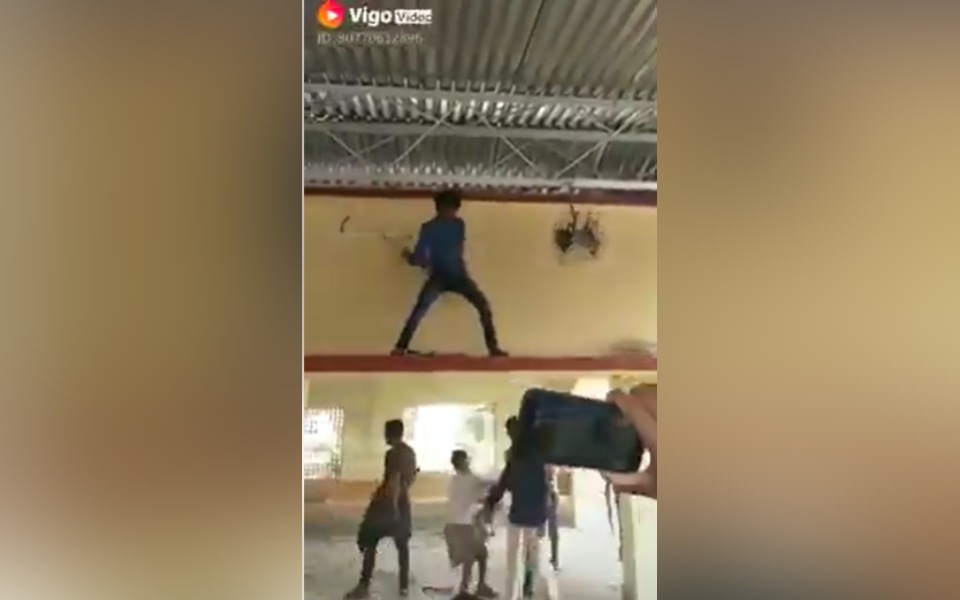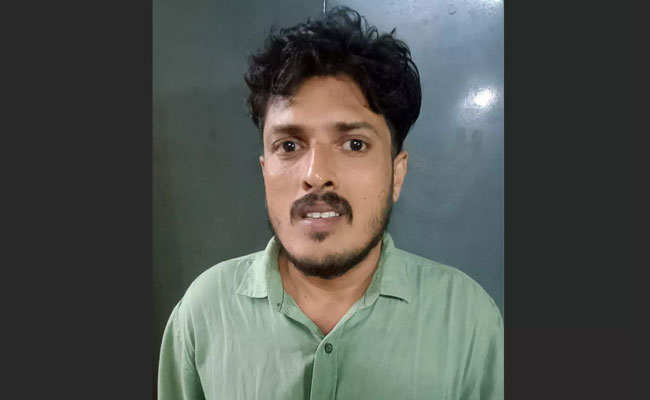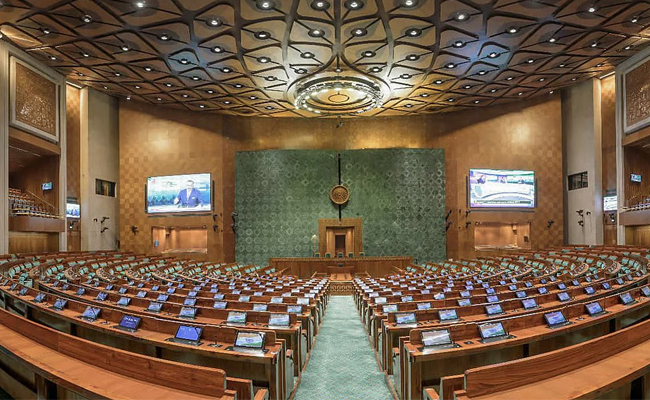A video showing a mob vandalizing a railway station in West Bengal has been widely shared on social media with the claim that the group became violent because a train horn disturbed their prayers. However, upon investigation, it was revealed that the video actually dates back to the 2019 anti-Citizenship (Amendment) Act (CAA) protests.
Viral Claim
One of the captions of the viral video stated, "Mahishashur railway station in Murshidabad, Bengal being destroyed. Reason: The sound of the train whistle is disturbing their Namaaz. We can see the future of India. #BengalModel." Another similar video, which shows people removing train tracks, is circulating with the same misleading claim.
Investigation
The investigation into these claims involved several steps:
1. Identifying the Location:
- In the 1:49 minute-long video, the location's name 'Naopara Mahishasur' is visible on a wall. This station is located in the Murshidabad district of West Bengal.
2. Verifying the Date and Context:
- Using the InVID Google Chrome extension, the video was fragmented into multiple keyframes and subjected to a reverse image search. This led to a Facebook post from 2019, which featured similar videos from different angles, indicating that the videos were from the 2019 anti-CAA protests.
- The 2019 Facebook post included multiple videos showing vandalism at Naopara Mahishasur railway station and attributed the violence to the anti-CAB protests.
3. Cross-Referencing Visuals:
- Comparing the 2019 video with the viral one revealed the same individuals, including a man in a blue shirt, vandalizing the railway station.
4. Additional Sources:
- A YouTube video dated December 14, 2019, titled 'Protest procession against CAB and NRC at Naopara Mahishasur station in Sagardighi' corroborated the events.
- A keyword search using 'Naopara Mahishasura railway station anti-CAA protest' in Bengali led to an article from Bartaman Patrika dated December 15, 2019. The article detailed protests against the citizenship issue at Nimatita station, Poradanga station, and Naopara Mahishasur station, confirming the morning vandalism linked to anti-CAA protests.
Conclusion
The viral claim that the mob vandalized the railway station due to the disturbance caused by a train horn during prayers is false. The videos actually depict the 2019 anti-CAA protests at Naopara Mahishasur railway station in Murshidabad district, West Bengal. This fact-check confirms that the current claims circulating on social media are misleading, as the context and timing of the events have been misrepresented.
Let the Truth be known. If you read VB and like VB, please be a VB Supporter and Help us deliver the Truth to one and all.
Bengaluru: The Bruhat Bengaluru Mahanagara Palike (BBMP) has released new guidelines aimed at ensuring a more environmentally conscious celebration of Ganesh Chaturthi this year.
BBMP Chief Commissioner M Maheshwar Rao chaired a meeting to discuss a complete prohibition on the use of chemical paints, thermocol, and Plaster of Paris (PoP) in idol-making, as reported by Deccan Herald on Thursday. Any idols made from these materials will be confiscated and disposed of in accordance with established regulations.
The meeting emphasised the importance of using eco-friendly Ganesha idols made from natural clay, which are both safer for the environment and easier to immerse.
Strict enforcement and legal action
Criminal cases will be filed against individuals found creating idols using the banned materials. To ensure compliance, nodal officers from BBMP sub-divisions, along with officials from the police, fire, and Bescom departments, will oversee the manufacturing and sale of these idols.
Streamlined permitting process for public installations
For those wishing to set up public Ganesha idols, the BBMP has introduced a streamlined system to simplify the approval process. Citizens will need to apply at the offices of assistant executive engineers, designated as nodal officers, at the sub-divisional level. In an effort to expedite permissions, 75 single-window centres will be set up at these sub-divisional offices, where officers from the BBMP, police, Bescom, and the fire department will be available to grant necessary approvals.
Encouraging sustainable practices during the festival
The BBMP's guidelines also encourage residents to immerse small, eco-friendly idols at home and reuse the residual clay for gardening. Additionally, any wet waste generated during the festival will be processed through BBMP's waste management units, ensuring minimal environmental impact.





